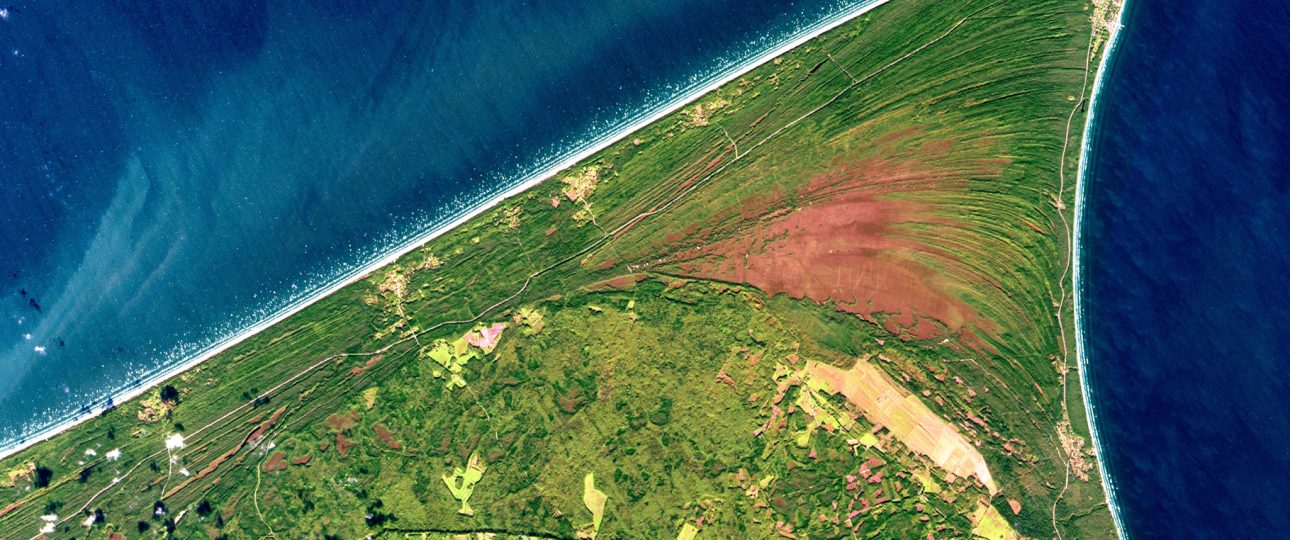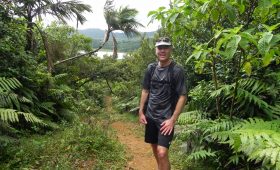Exploring Slītere National Park
Slītere National Park, located in Latvia, offers a unique blend of natural beauty and cultural history. Established in 2000, the park is the smallest national park in Latvia, yet it boasts a rich tapestry of landscapes and wildlife. Whether you’re a nature enthusiast or a history buff, Slītere has something to offer.
Natural Wonders and Wildlife
Covering an area of approximately 16,360 hectares, Slītere National Park is home to a variety of ecosystems, including ancient forests, bogs, and coastal areas. While you might not spot elusive animals like lynx, elk, or wolves, the park is a haven for bird watchers. Over 200 bird species can be observed here, including the impressive white-tailed eagle.
Trails and Exploration
The park features over 150 kilometers of trails, catering to different levels of fitness and interest. The Coastal Trail offers stunning views of the Baltic Sea, while the Forest Trail takes you deep into the park’s ancient woodlands. For a unique experience, explore the Bažu bog, the largest swamp in the park, covering 1,880 hectares.
Historical and Cultural Sites
Slītere is not just about nature. The park is steeped in history, with landmarks like the Slītere Lighthouse, which offers panoramic views from its fifth floor, 100 meters above sea level. Nearby, the Livonian Cultural Center in Mazirbe provides insights into the Livs, a Finno-Ugric people with a rich cultural heritage.
Best Time to Visit
Visit during the summer months, from June to August, when temperatures range from 20 to 25 degrees Celsius. This period is ideal for bird watching and exploring the park’s trails. Winter visits can be challenging due to cold temperatures, but they offer a serene, snow-covered landscape for those who enjoy winter sports.
Getting There
By Air
Riga International Airport is the nearest international gateway, about 150 kilometers from the park. From there, renting a car is the most convenient option to reach Slītere.
By Car
Driving from Riga, take the P131 road through Tukums to Kolka. Alternatively, explore the Courland region by taking a scenic route through Kuldiga or Talsi to Ventspils, then continue along the P124 road. Be prepared for a slow drive, as both routes take several hours.
By Public Transportation
Buses run from Riga to Kolka, but public transport options within the park are limited. Consider renting a bike or hiring a local taxi for further exploration.
Local Transportation
On Foot
Walking is the best way to experience the park’s natural beauty. Well-maintained trails make it easy to explore on foot.
Bicycle
Rent a bicycle for a faster pace. The park offers designated bike trails, making cycling a popular choice.
Local Guides
For a deeper understanding of the park’s history and wildlife, hire a local guide. They can offer valuable insights and lead you to lesser-known spots.
Accommodations and Amenities
While the park’s infrastructure is basic, observation towers provide unique overnight options for those with a sleeping bag and mattress. The Cape Kolka Observation Tower and the Šlīteres National Park Observation Tower offer simple shelter, though they can be windy or noisy.
For dining, Mazās Irbes pica in Mazirbe offers a local taste, open on weekends. The park’s remote nature means dining options are limited, so plan accordingly.




